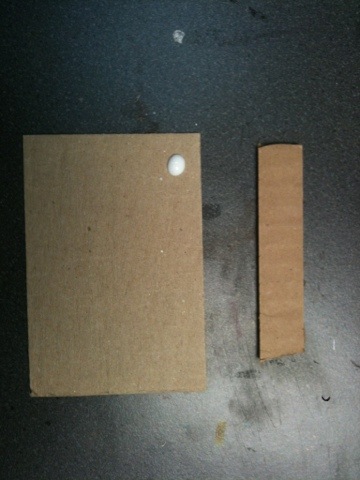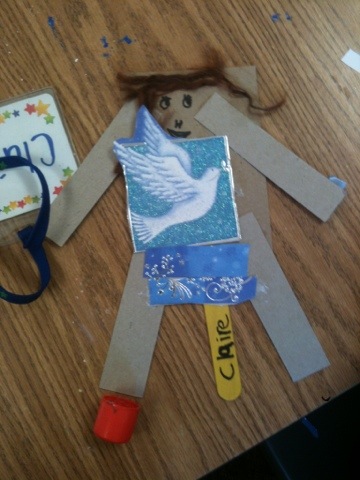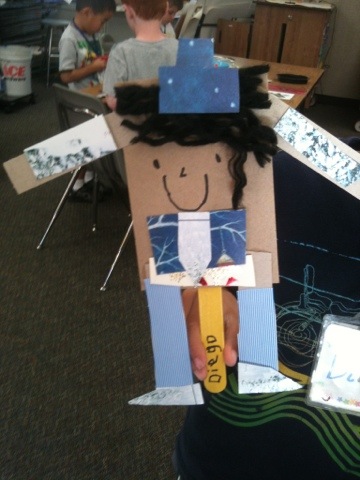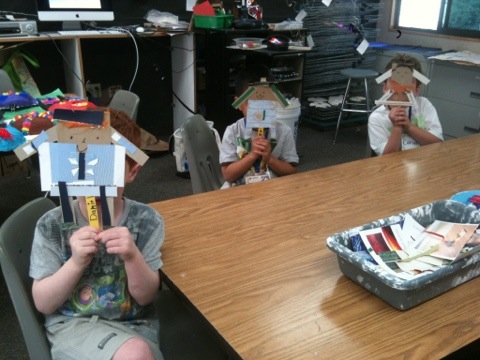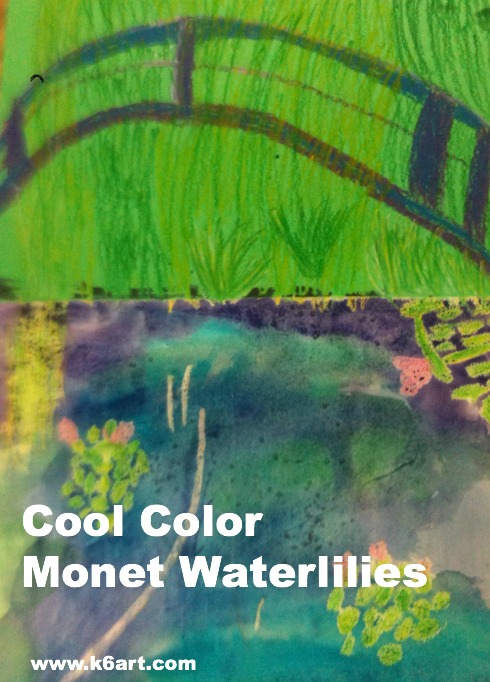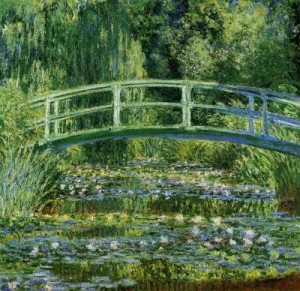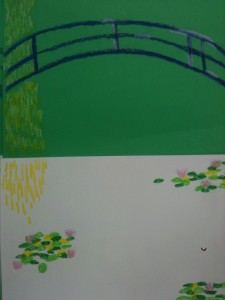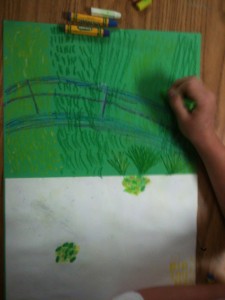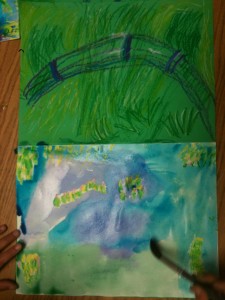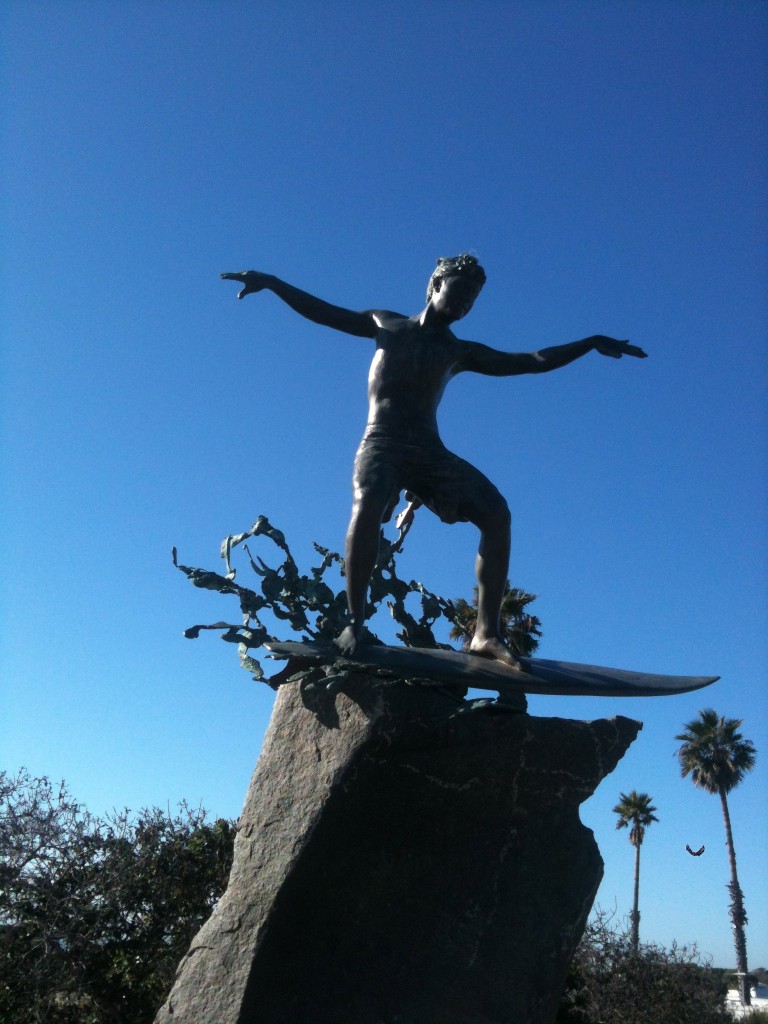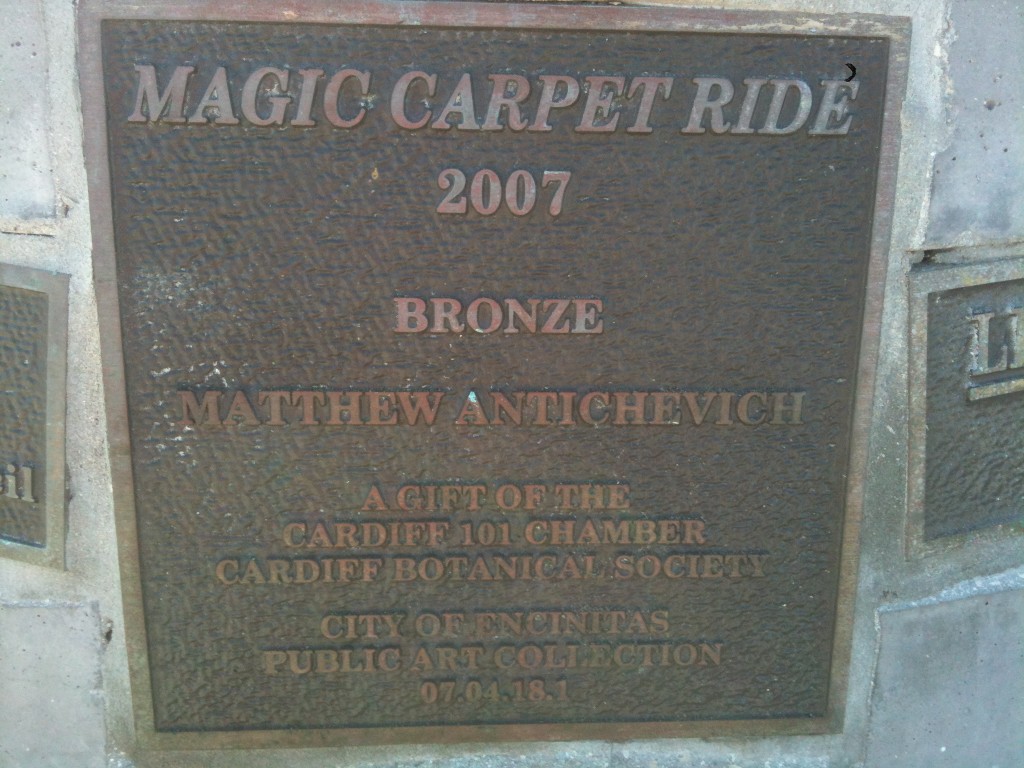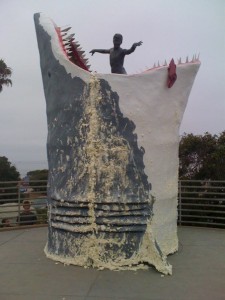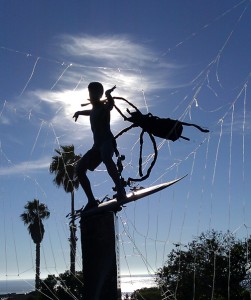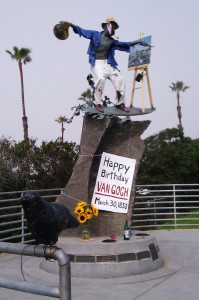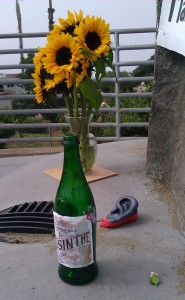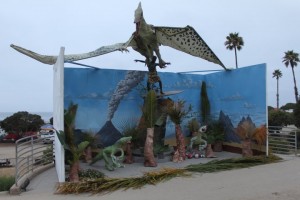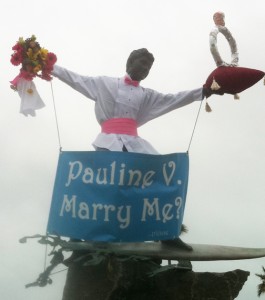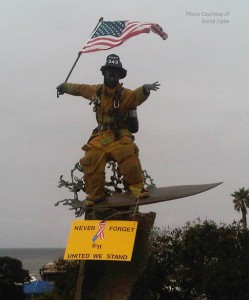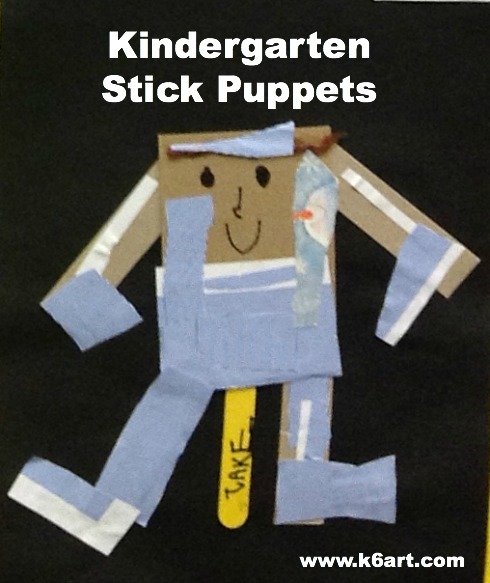 Kinders are making stick puppets. This is their first project using white (Elmer’s) glue, and the whole project is designed to teach gluing skills.
Kinders are making stick puppets. This is their first project using white (Elmer’s) glue, and the whole project is designed to teach gluing skills.
Students first practice opening and closing the (orange) tip of the glue bottle. They learn the bottle is closed when the hard white tip peeks up from the bottle. Then I pass out cardboard.
Day 1
Materials
- White (Elmer’s) glue
- Cardboard : 1 (3″x5″) and 4 (1″x5″) per child
- Sharpie
- Yarn
- Scissors
Take large cardboard and one small cardboard. Put a dot off glue on a corner of the large cardboard, top with the small piece. Press hard to stick pieces together.
We use the ’10 second gluing’ technique. Students press the pieces hard against the table while counting aloud to 10 (is there anything cuter than a class of 5 year olds earnestly counting together?).
We test our gluing by waving the glued pieces in the air while counting to three. Result: 95% hold together. The one or two that come apart provide the opportunity for more glue practice.
We glue on all four cardboard ‘limbs’. Next students write their names on a Popsicle stick and glue it on for a handle. Kids will need to use 2-3 dots of glue and count to 20 to get that stick stuck on.
Add a bit of cut yarn for hair and draw on a face with sharpie.
Day 2:
Materials
- Stick puppets
- Glue sticks
- Scissors
- Colored patterned papers (origami, scrapbook or wallpaper) cut into 4″x6″ pieces
Cut out paper and glue on to make clothes for puppets. Instruct kids to apply glue stick to both papers they are stick together. This might sound like a waste of glue, but there is a much stronger bond. Don’t want any puppet wardrobe malfunctions!

